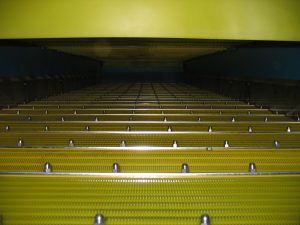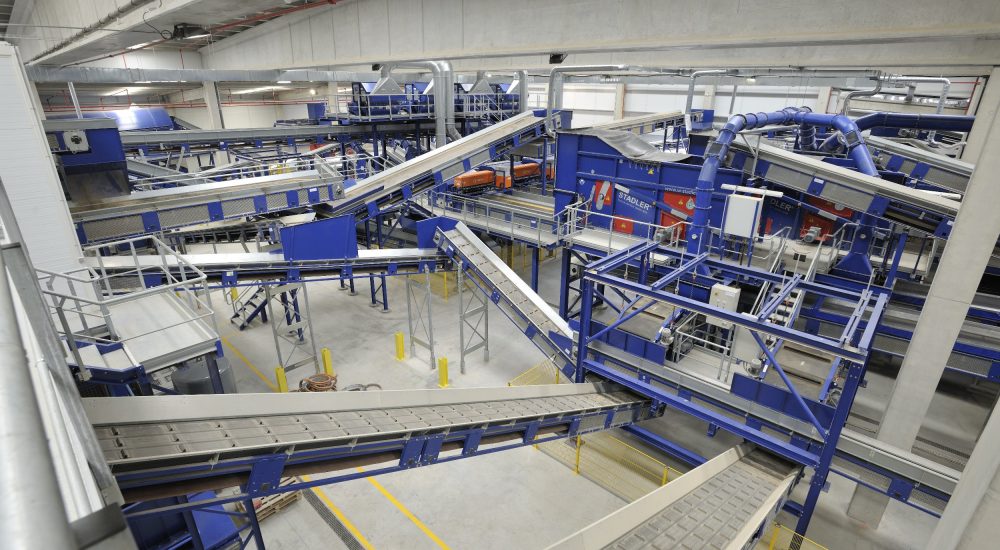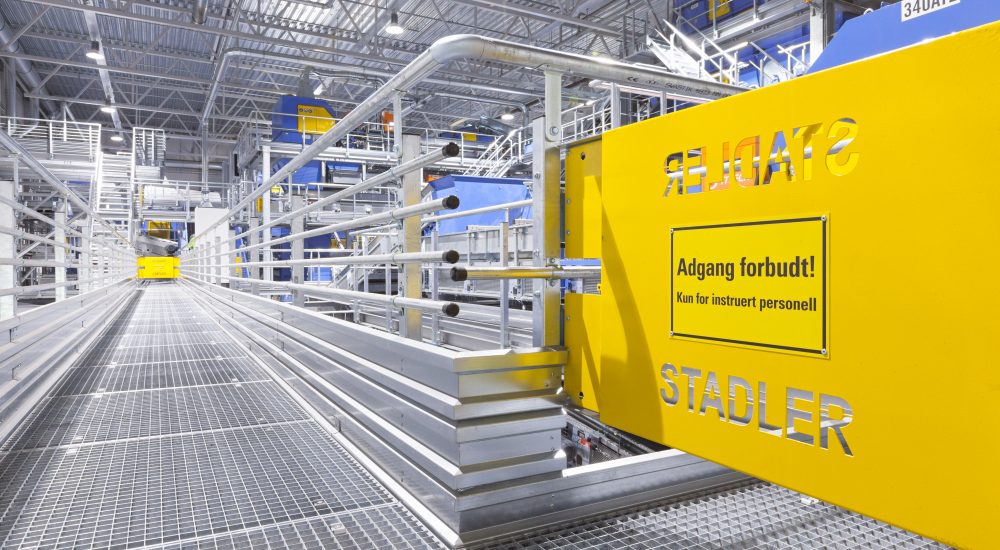 Is the flip flop screen or another type of mobile screener or stationary screener right for the application? MacMachinery have over 20 years supplying and designing waste systems and recycling systems for processing all types of material. One of the most topical materials at present is trommel fines or waste fines. Most of our clients need to perform the LOI (Loss on ignition) test regularly. In order to ensure the client meets the test requirement one needs to design the system to give the right outputs. How do we decide which machine for the trommel fines screening solution? Generally, one can use a trommel screen aperture size as low as 30mm or even 12mm but when we get any increase in moisture or wet weather then we have problems. The system does not have screening problems, but the oversize will be contaminated with oversize material. Obviously, the fine material needs to be in the fines bunker or bay. The XD 518 trommel screen can cope with screening wet fines at 12mm but the +12mm material will have some fines in it, and this is when we choose a flip flop screen over a trommel screen. The Flip flop screen has been in use for over 40 years, so the technology is not new. The use of the flip flop screen in waste and recycling is more recent. One also needs to consider; space, wear, running costs, flexibility as the market changes.
Is the flip flop screen or another type of mobile screener or stationary screener right for the application? MacMachinery have over 20 years supplying and designing waste systems and recycling systems for processing all types of material. One of the most topical materials at present is trommel fines or waste fines. Most of our clients need to perform the LOI (Loss on ignition) test regularly. In order to ensure the client meets the test requirement one needs to design the system to give the right outputs. How do we decide which machine for the trommel fines screening solution? Generally, one can use a trommel screen aperture size as low as 30mm or even 12mm but when we get any increase in moisture or wet weather then we have problems. The system does not have screening problems, but the oversize will be contaminated with oversize material. Obviously, the fine material needs to be in the fines bunker or bay. The XD 518 trommel screen can cope with screening wet fines at 12mm but the +12mm material will have some fines in it, and this is when we choose a flip flop screen over a trommel screen. The Flip flop screen has been in use for over 40 years, so the technology is not new. The use of the flip flop screen in waste and recycling is more recent. One also needs to consider; space, wear, running costs, flexibility as the market changes.
MacMachinery supply flip flop screens or otherwise known as flip flow screens, single deck or double deck new and used flip flop screens. On occasion, we will be forced not to use a flip flop screen, because maybe there is no electricity supply on the site or there is a space issue with the depot. Many manufacturers are now producing so called flip flop screens, but the true test is how many years the machines can operate for in the unforgiving operating environment. MacMachinery need to calculate the size of the flip flop screen required using the density, volume and material composition before recommending which size of machine. Flip flow screens can be as small as 500m wide and only 2.5m long. The next step in the process is whether you need a single deck or a double deck machine. The question here is not about needing three products but will having a double deck make the screening system more efficient or will it improve the next step in the process. The guideline really is keep the process simple and stay with proven processes. What is the next step after screening out the trommel fines or super fine material?


